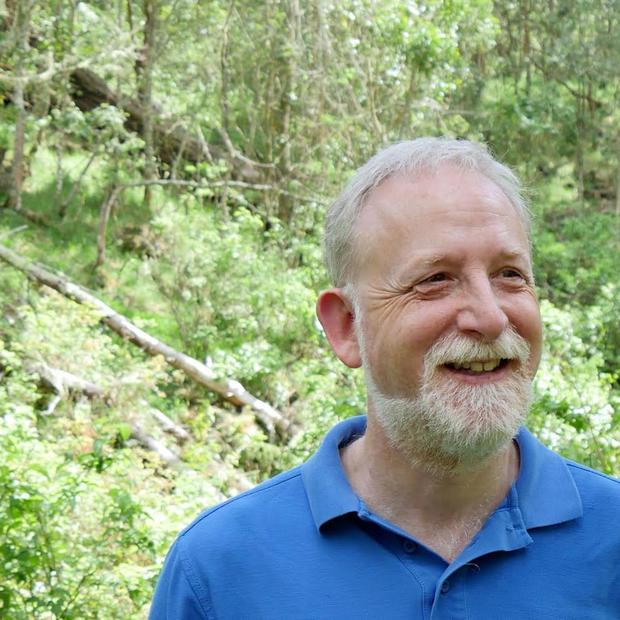During discussions of public safety issues in urban areas, law enforcement, design and planning issues often remain in their silos, devoid of integration. Ongoing neighborhood policing and social service initiatives should be more outrightly integrated with a renewed focus on environmental and urban-design criteria for safe streetscapes.
Concepts of "Crime Prevention Through Environmental Design" (CPTED) — frequently international in nature — have been present for decades and were implied in Jane Jacobs' work. Jim Diers, Seattle's former neighborhoods director, will be a featured speaker this fall at an international gathering of CPTED experts in Calgary.
Similar safety-enhancement approaches addressing perceived safety of female transit users have recently received wide attention in the professional and local press. Many cities and civic associations (such as the Downtown Seattle Association) have also advocated for integration of such concepts. As advocacy efforts for pedestrian and bicycle infrastructure funding accelerate, enhanced policies and regulations encouraging such principles for safety will present more opportunities for discussion.
A recent visit to Melbourne, Australia, showed certain CPTED principles along neighborhood streetcar lines, including ample (but glare-protective) night-lighting; illuminated, sidewalk-oriented window areas; enhancement of the role of passing vehicles; transparent protection from weather at building entries; and low bushes or lower picket-type fencing along the street to limit access while allowing for entry visibility.
In Seattle, after a see-saw match of legislation and mayoral veto focused on aggressive panhandling, we, like other cities, could benefit from an integrated and multifaceted discussion of truly "complete streets."



